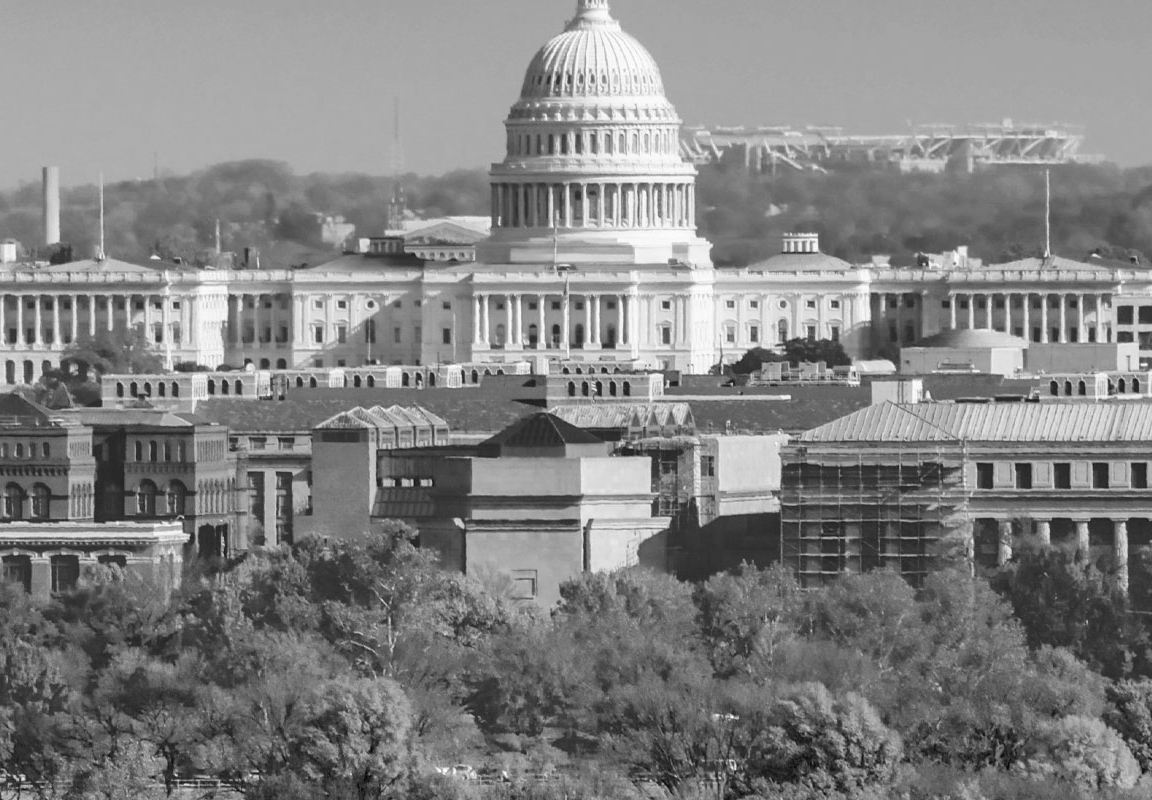
A Blow to Visual Artists? What the U.S. Supreme Court's Latest Copyright “Fair Use” Decision May Mean for Copyright Protection and AI-Generated Content
4 min read
Last Thursday, May 18, 2023, the U.S. Supreme Court ruled in a 7-2 decision that the Andy Warhol Foundation's ("AWF") use of Lynn Goldsmith's photograph of the musician Prince in the commercial licensing of artist Andy Warhol's "Orange Prince" image to Condé Nast, does not weigh in favor of AWF under the first factor of the fair use defense to copyright infringement.1
In 1984, Goldsmith granted a limited license to Vanity Fair for $400 for the (one-time full page and one-time quarter page) use of her photograph as an "artist reference for an illustration", based on which, Andy Warhol created a purple silkscreen portrait for the magazine and later 15 additional works of varying color schemes, collectively now known as the "Prince Series". Goldsmith only found out about the Prince Series after Prince's death in 2016, when AWF licensed the "Orange Prince" to Condé Nast for $10,000 and the image was published on the cover of a Condé Nast magazine.
The fair use doctrine is one of the most important statutory limits on the rights of copyright holders, permitting the unlicensed use of copyright-protected works in certain circumstances. In determining whether the use of a copyright-protected work is fair, four factors are considered: (i) the purpose and character of the use (including whether such use is commercial vs. for nonprofit education); (ii) the nature of the copyrighted work; (iii) the amount and portion of the work used; and (iv) the effect of the use upon potential market for or value of the copyrighted work. Only the first fair use factor—the "purpose and character" of AWF's use—was considered by the high court.
AWF argued that Andy Warhol's Prince portrait is "transformative" because the work conveys a different meaning or message from Goldsmith's original photo. The high court noted, however, that "[a]lthough new expression may be relevant to whether a copying use has a sufficiently distinct purpose or character, it is not, without more, dispositive of the first factor" and reiterated that the first factor asks "'whether and to what extent' the use at issue has a purpose or character different from the original" (where a use that has a further purpose or different character is considered "transformative").
With respect to the challenged use case, the high court held that commercial licensing of Warhol's artwork to Condé Nast and Goldsmith's original photo shared substantially the same purpose and, further, when a common purpose is commercial, as the court found it to be, the first factor is more likely to weigh against fair use absent some other compelling justification. In this instance, the high court found that, unlike, for example, a parodic work that necessitates some degree of copying to convey meaning, "Orange Prince" "[had] no critical bearing on" Goldsmith's photograph and AWF did not offer another compelling justification for the challenged use.
As such, the high court disagreed that AWF's use was "transformative" and found the first fair use factor weighed in favor of Goldsmith, stating that "[t]o hold otherwise would potentially authorize a range of commercial copying of photographs, to be used for purposes that are substantially the same as those of the originals." The high court emphasized that it did not express an "opinion as to the creation, display, or sale of any of the original Prince Series works" and that other uses of such works may indeed be fair uses (such as displaying the image in a nonprofit museum or for-profit book commenting on 20th century art).2
This holding is a welcome salve to critics of courts' recent focus on "transformativeness" in fair use inquiry, who have expressed concerns about erosion of copyright holders' right to prepare derivatives of their work. Others worry the high court's ruling could have a "chilling effect on artistic creativity".3
Interestingly, while this finding has raised concerns amongst the art community, in the context of generative AI and the proliferation of AI-generated content, the high court's decision may actually benefit visual artists and other creators whose artworks have been used in the training of such AI systems. For example, if an AI-generated image is substantially similar to an artist's work used in the training of such a system, one could see how the mere addition of new expression will not result in a finding in favor of the user or AI vendor under the first fair use factor if the resultant output is used for a substantially similar commercial purpose to the purpose or character of the original artwork. Justification for use of such original work is likely to be more closely scrutinized following the high court's decision.
1 Andy Warhol Foundation for the Visual Arts, Inc., Petitioner v. Lynn Goldsmith, et al., 598 U.S. __ (2023)
2 Id. (Gorsuch, J., concurring)
3 Sarah Cascone, In a Landmark Ruling Against the Andy Warhol Foundation, the Supreme Court Has Sided With Photographer Lynn Goldsmith, ARTNET NEWS, May 18, 2023
Sahra Nizipili (Associate, White & Case, New York) contributed to the development of this publication
White & Case means the international legal practice comprising White & Case LLP, a New York State registered limited liability partnership, White & Case LLP, a limited liability partnership incorporated under English law and all other affiliated partnerships, companies and entities.
This article is prepared for the general information of interested persons. It is not, and does not attempt to be, comprehensive in nature. Due to the general nature of its content, it should not be regarded as legal advice.
© 2023 White & Case LLP



